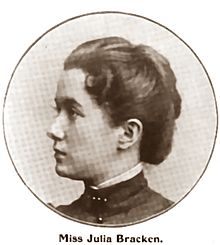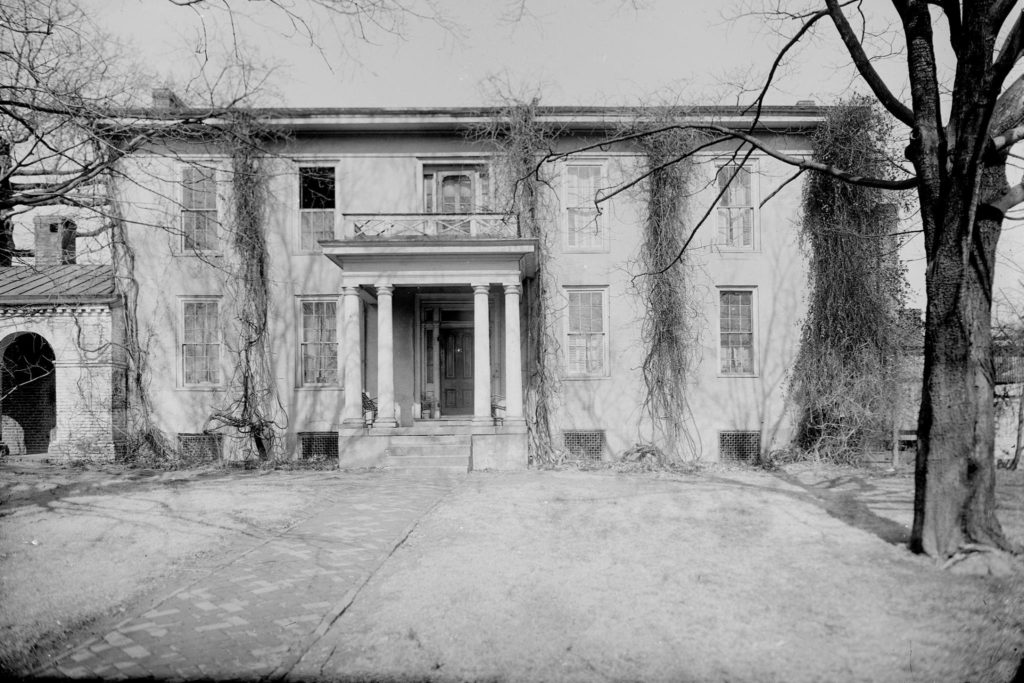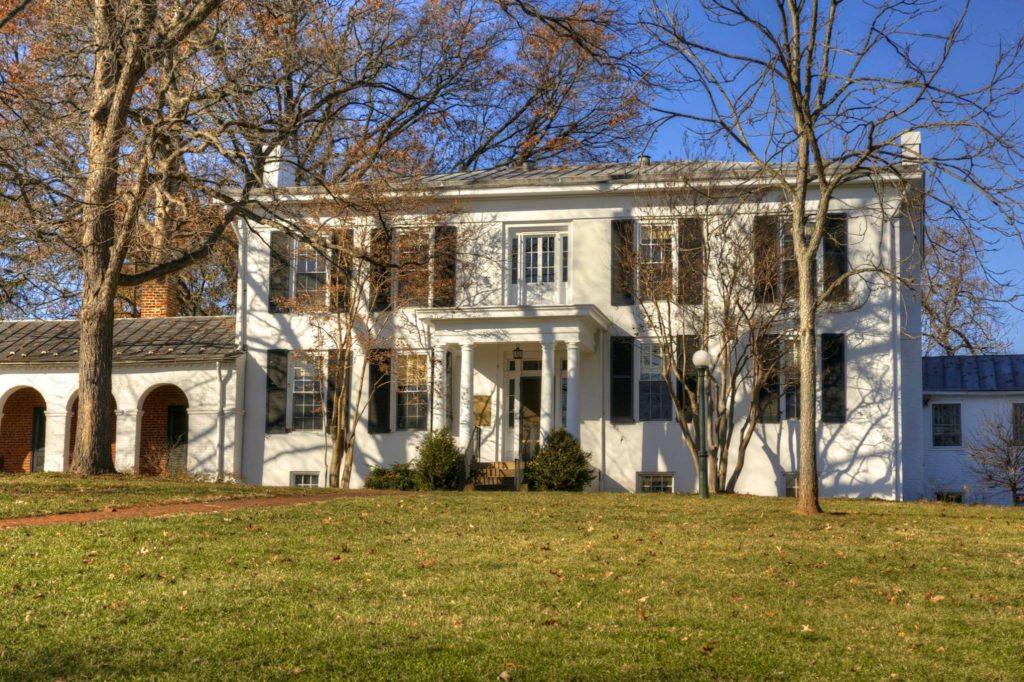The following photo essay evolved from a mystery presented in one of the postcards from the Norris Collection at C’ville Images. The postcard in question (included in exhibit below) shows Founder’s Day (April 13th) in 1905. It was also the inauguration of the University’s first president, Edwin A. Alderman. In the photo we see a large crowd gathered for President Alderman’s ceremony but we also see a statue prominently placed on the Lawn. The location appears to be the same location where the Homer statue is today and has been for as long as anyone alive can remember. What was this statue seen in the postcard, where did it come from, and where did it go? The images below tell the story.
“Monroe at The University of Virginia” is just one of several rotating exhibits you will find here on our website. Check back often for new exhibits and occasional changes and updates to current exhibits.





















Photo credits: Special Collections/UVA Library, C’ville Images archives, Norris Collection at C’ville Images, Wikipedia, and Steve Trumbull. Special thanks to the late Catherine Clarke Coiner for her research.
